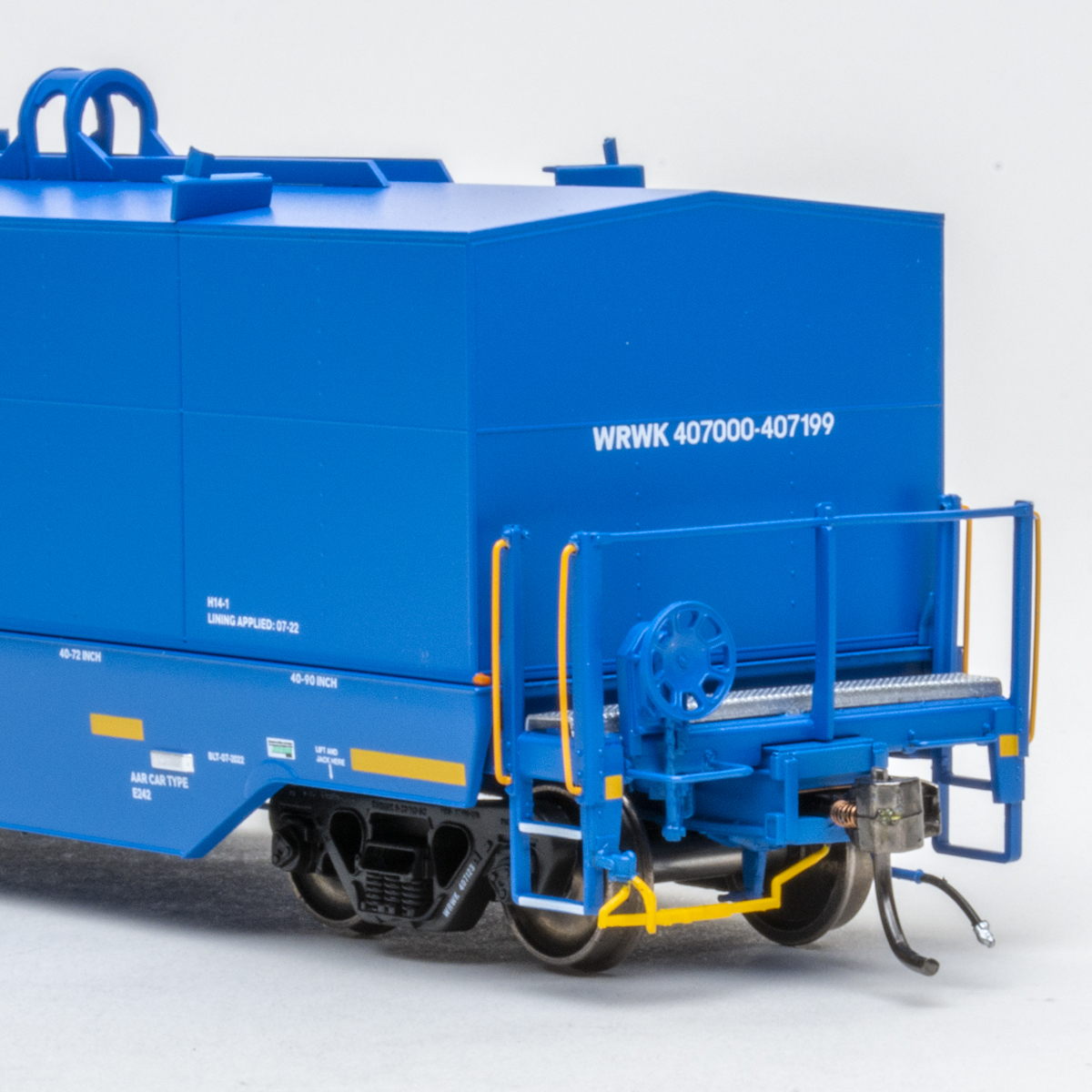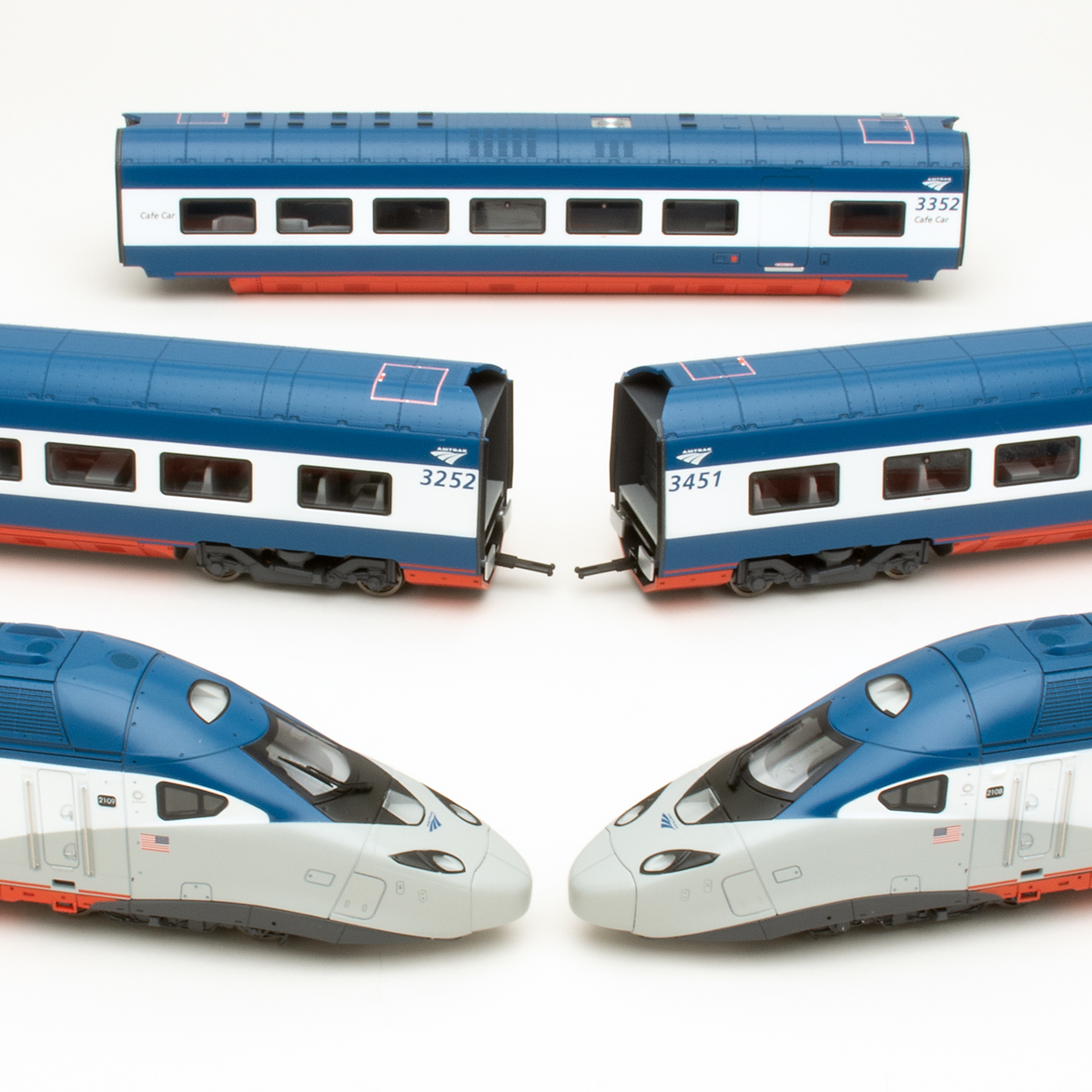Meet Jim Providenza
What was your first train set (or locomotive)?
Our family had a Lionel train set that we set up around the Christmas tree each year. At about age 10, it moved onto a sheet of plywood on the floor of the “playroom” on a semi-permanent basis. In 7th grade my parents agreed to get me an HO train if I got all As on my report card. I got one A- but they still bought me a Tyco saddletank 0-6-0 and three used freight cars – two of which I still have.
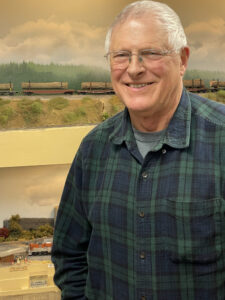
Describe your model railroading philosophy in 6 words.
Design and build for realistic operations.
What has been your biggest modeling success?
The design and building of my Santa Cruz Northern RR. The first version, started in 1977, was one of the first double deck layouts designed and built as such. John Armstrong, in Track Planning for Realistic Operations [out of print. – Ed.] showed how to build it. Little did I know that it was a only a design – I took the master at his word and started building. MR’s Jim Hediger started his Ohio Southern at about the same time.
I designed the second version of the SCN in 1984-85. Also double deck and point-to-point, it is built to be able to fit into a standard two car garage. It is sectional (not modular) and it has moved once. SCN version 2 is still going strong after over 35 years and continues to support its main design goal of realistic operations.
What was your biggest modeling mistake?
I did not design enough staging for the second version of the Santa Cruz Northern. The first version of the SCN was set in the 1950s. While there was staging, it was loose car interchange at junctions; there were no run through trains from parent Western Pacific. I planned the second version of the SCN to be set in the 1970s and did not take into account the need to stage entire trains. Over the years I have modified the track plan to include more staging, but I still need several more staging tracks if I can ever figure out where to fit them!
What’s your least favorite modeling task?
Good question! There is no task involved in model railroading that I actively dislike. I do have things I like to do more than others. Looking at how I spend my modeling time I would say that I prefer working on freight cars a lot more than doing layout wiring – but I have done a lot of wiring on my and my friends’ layouts over the years.
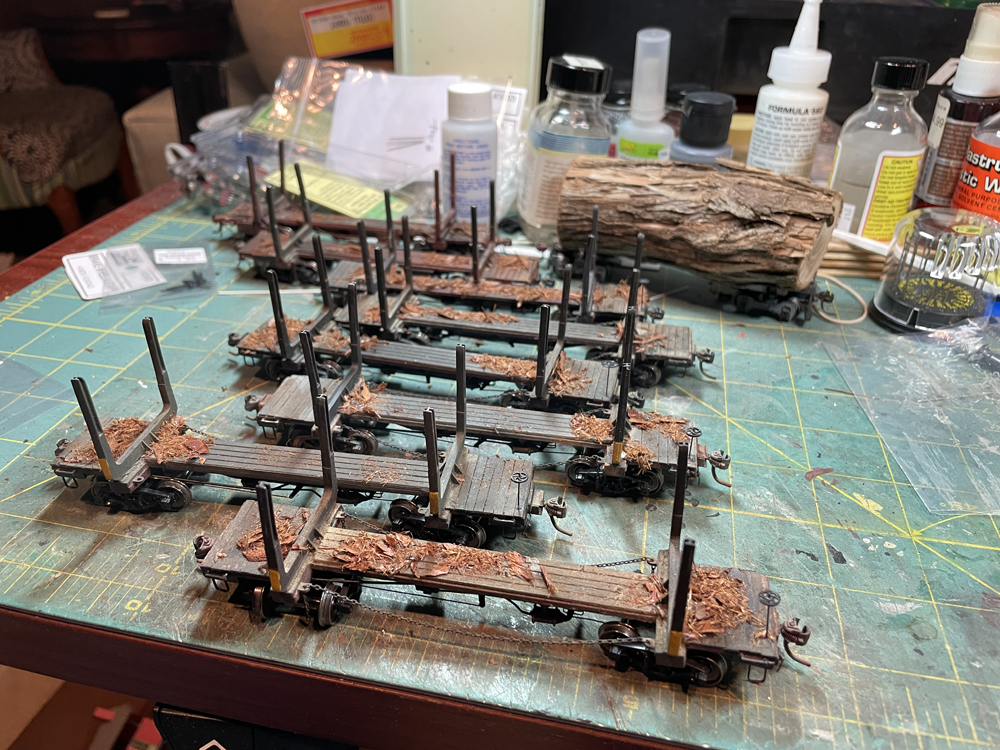
What project(s) have you been working on recently?
On the research/operations side of the hobby I have been working with several others to develop more prototypical waybills for a large model railroad – Paul Weiss’ Central Vermont Rwy.
My part in this project has been to build an Excel database of industry pairs with car routings over the U.S. railroad network. The database pairs the prototype industries served by the CV with suitable shippers or consignees across the US and Canada and then matches that information to a car routing. I use a number of prototype documents to develop the information needed. Industries on the part of the Central Vermont Paul is modeling come from a Central Vermont Rwy “shippers guide;” complimentary industries are selected from the various OpSIG industry databases and other prototype sources. The car routing is determined using interchange listings in the Official Railroad Equipment Register for April 1956, the correct ORER for the time Paul’s version of the CV is set in.
I recently completed an upgrade to the Beroldingen Lumber log trains that run over part of my Santa Cruz Northern, replacing all the trucks on 36 cars and improving details on many of them. The loaded cars got new log loads with larger logs; empties received more leftover bark and debris.
I am continuing a project to install Tam Valley Depot Frog Juicers on all the switches on the SCN to improve reliability. I have been using DCC so long that I am now going through and replacing decoders I installed in the late 1990s with new Tsunami2 sound decoders.
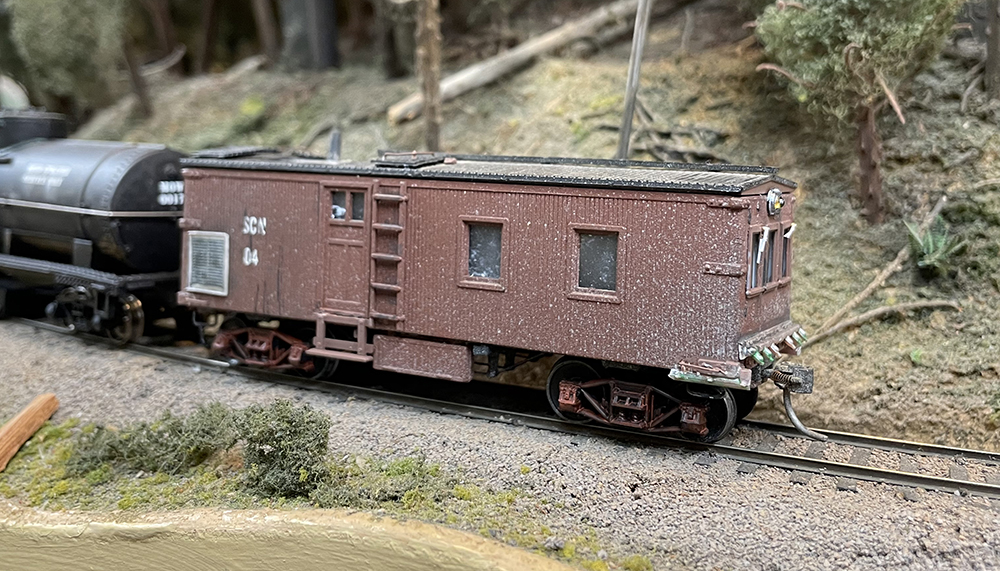
One of the author’s recent projects was this weed sprayer car. Read more in his article: https://www.trains.com/mrr/how-to/build-model-railroad/build-an-ho-scale-weed-sprayer-for-fun/
What advice would you give to a new hobbyist?
Find a local group of modelers to get involved with! And don’t be afraid to ask questions.






